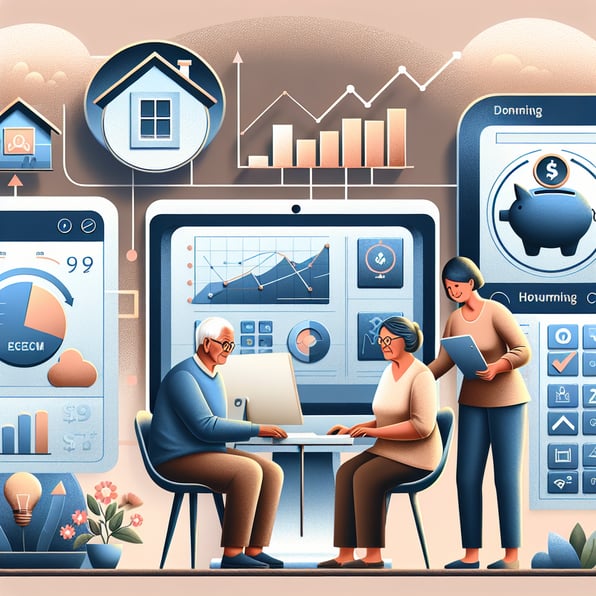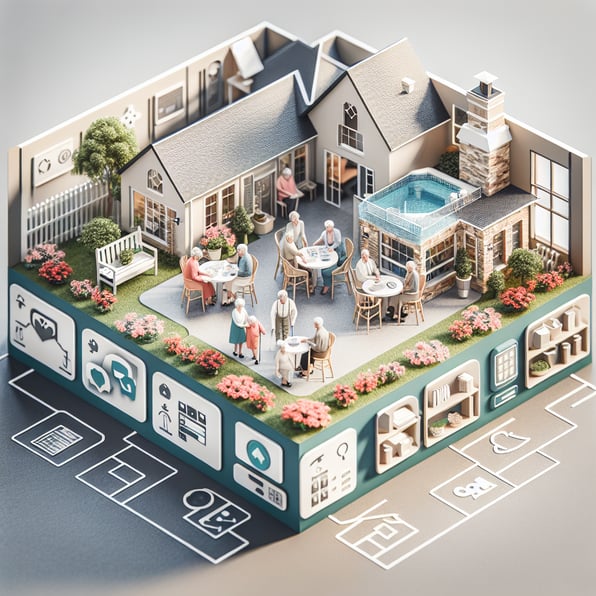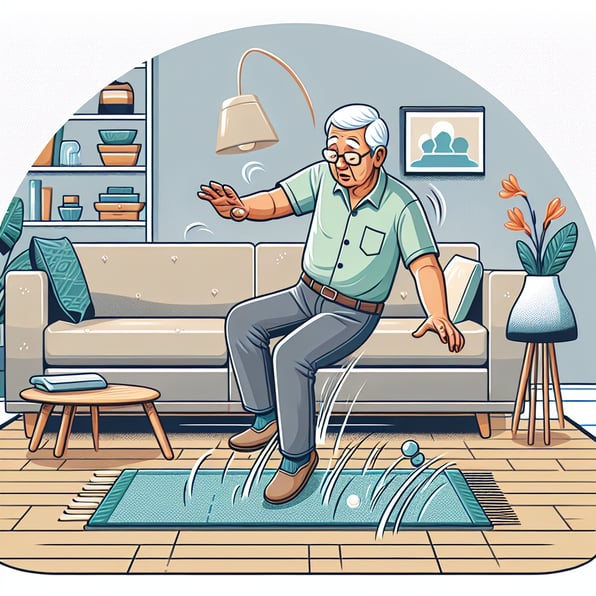A Guide to the Value-Based Care Model for Senior Living

Value-based care focuses on the quality of care a patient receives, the patient's experience while receiving care, and the provider's performance while delivering care. Value-based care delivery models pull together all those attributes and create a pathway for communities and healthcare providers to work together toward better patient outcomes.
The value-based care model in healthcare is becoming more popular. Why? Value-based care models result in better patient health outcomes among patient populations because they focus on giving seniors what they want most out of their time with healthcare providers. Value-based healthcare model services within assisted living senior care can also help reduce healthcare costs while encouraging providers to supply high-quality care to residents.
Here's what you need to know about getting involved in value-based care programs and how these service models can make your senior living community a better place to live.
What Is the Value-Based Care Model?
With a value-based care model, clinicians work together with other healthcare professionals to manage a patient's treatments while considering the person's individual health goals. "Value" in a value-based model depends on what the individual values over all else, which can vary from patient to patient.
For a patient, value-based care is differentiated by what they want most out of their care. Healthcare providers must recognize their individuality and coordinate person-centered care.
Some enhancements to care that seniors will notice under the value-based care model include:
- Working with an assigned care coordinator who helps with problem-solving, follow-up calls, patient education, and overall patient support
- Getting more options on how they can communicate with their healthcare team
- The option to participate in preventative care programs for heart disease, diabetes, or other chronic health conditions
- Additional education on the health issues they're dealing with
This model of care aims to treat the senior as a whole person rather than individual symptoms. Ideally, seniors will receive integrated care where all their healthcare providers would work together to address all aspects of their health: behavioral, mental, and physical.
Senior living care communities, healthcare providers, and others involved in resident care should note there are different types of value-based care models, including:
- Bundled payments: Payers make a single payment for services related to an episode of care.
- Shared savings: Providers get paid a share of cost savings by delivering quality care for less compensation upfront
- Shared risk: Providers set predefined cost and quality targets, requiring them to share financial risk with the payers
- Global capitation: Providers receive a fixed fee per period or patient no matter what services are delivered during that time.
- Performance-based payment: This allows for additional payments based on hitting predetermined metrics or participating in certain activities set by the CMS.
How To Navigate the Senior Living Landscape With Value-Based Care
Resident-centered care has the potential to set your community apart. With the senior living technology available today, it's easier than ever to work with value-based care delivery models and keep your community healthy and satisfied.
Here are some of the core steps in transitioning to value-based care models and making the most of your time with your residents
Understand the Foundations of Value-Based Care in Senior Living
The core of value-based care in senior living is person-centered care. A senior's individual needs and preferences have to be front and center of the care. Additionally, the quality of care has to be emphasized, and the team of healthcare providers should work together collaboratively with integrated treatment plans.
Align Senior Living Practices With Value-Based Models
Senior living communities need to align their practices with value-based models. There should be systems in place to coordinate care with different healthcare services and providers and within the community.
Technology can be used to monitor health in the community, as can improved communication through patient portals.
Measure Success Through Key Metrics for Senior Living Value-Based Care
You can use several metrics to monitor the success of value-based care within your senior living community:
- Consider tracking health outcomes. Collect data on residents' health and well-being to identify the outcomes of value-based care processes.
- Track the expenses and costs related to care. The value-based care model should cost seniors and your community less overall. Integrated care catches illnesses, diseases, and other health conditions sooner, preventing costly emergency room visits and emergency care. Conditions that are treated early can often be better managed through primary care and outpatient options.
- Ask your senior community for feedback after a value-based care model is put into place. Do they appreciate having better care coordination and easier access to speak with their care providers? What improvements would they like to see? If they are satisfied with the services they're receiving, that is a positive reflection of the benefit of value-based care within the community.
Invest in Staff Training and Development
Your staff makes a difference in seniors' experiences within your community. There are a few things you can do to improve the quality of your services and resident experiences.
Train your staff on cultural competency. Personalized care often involves cultural considerations, and staff members should be aware of the specialized needs or services seniors may want.
Empathy is also important. Staff that can get a job done are good, but you also want your staff members to empathize with the people in your care. Your staff should communicate clearly but with compassion when necessary.
Training doesn't end there. Encourage continuing education in all the latest healthcare best practices. Annual conferences, university courses, and certification programs are just a few possible ways to get this education.
Leverage Technology for Enhanced Senior Living Operations
Disjointed care hurts seniors and their well-being. Eldermark's software can help you efficiently provide care coordination services, reduce financial risk, track resident satisfaction after each episode of care, and avoid manual errors while focusing on value-based care and positive resident experiences. To learn more about what Eldermark's team and ElderSmarts™ can do for you, schedule your demo today.




